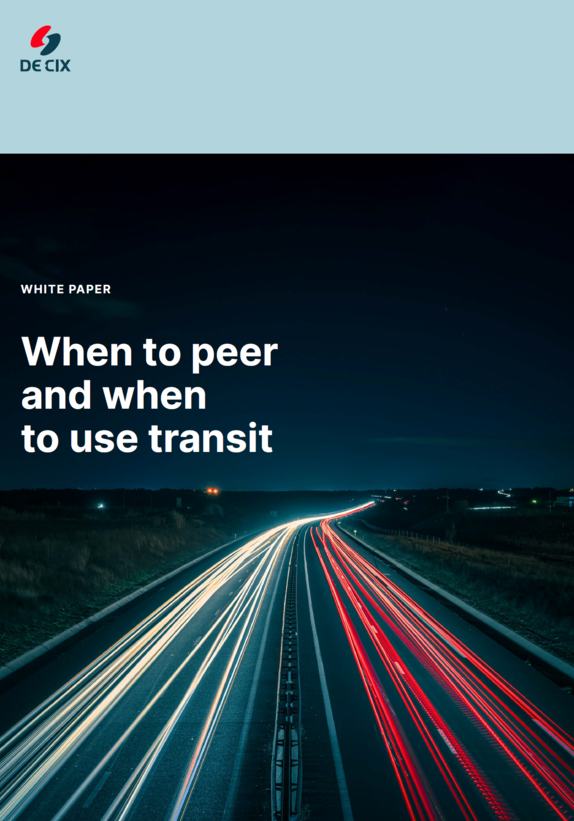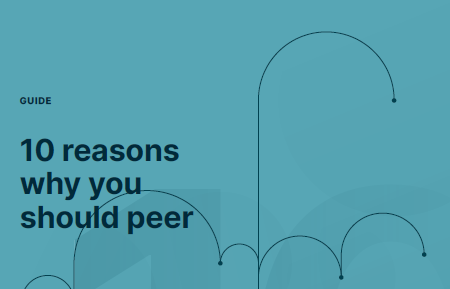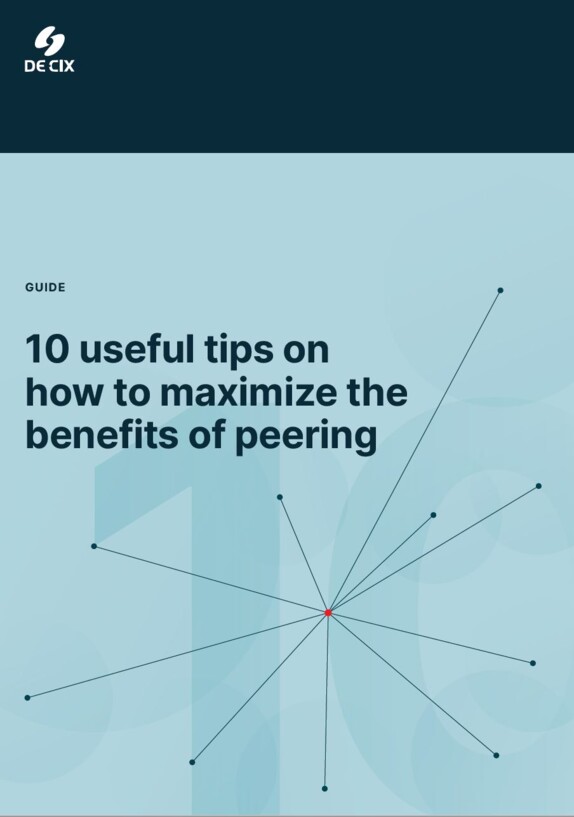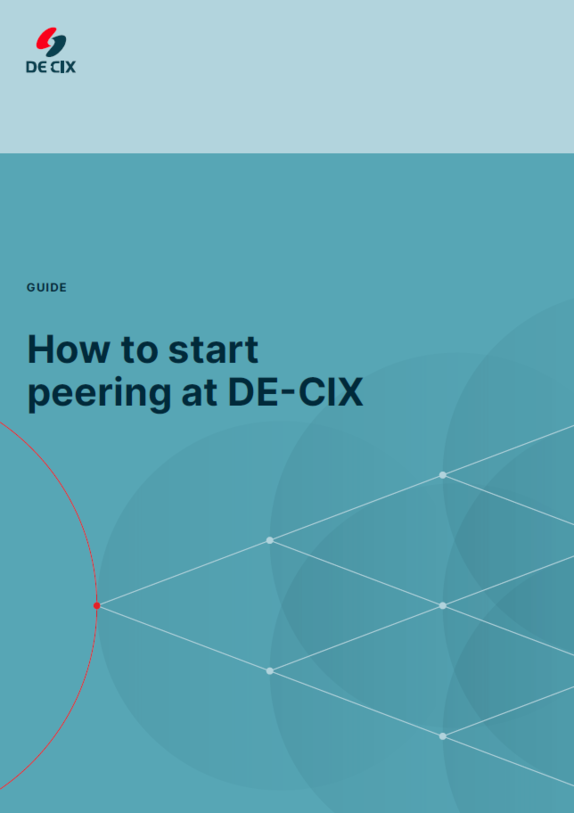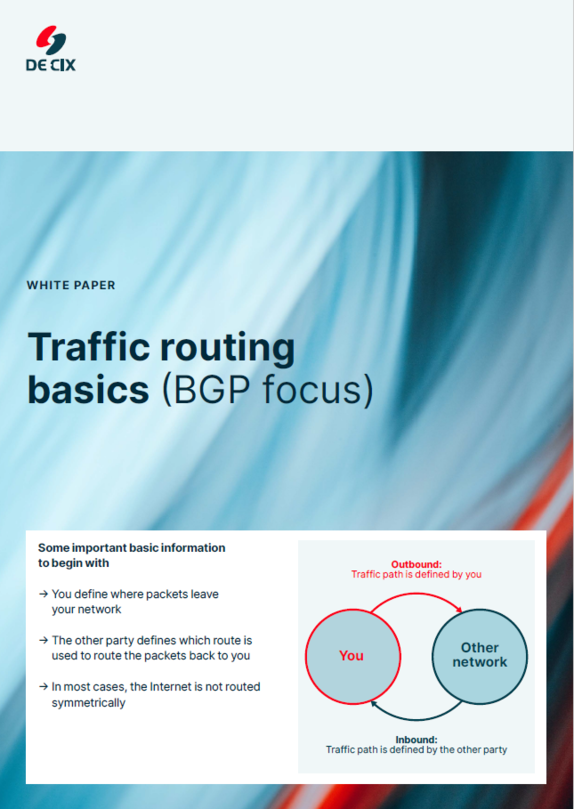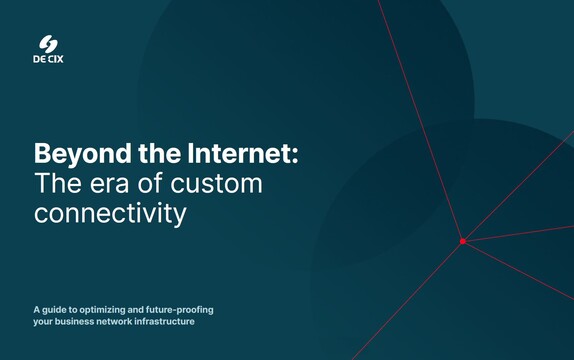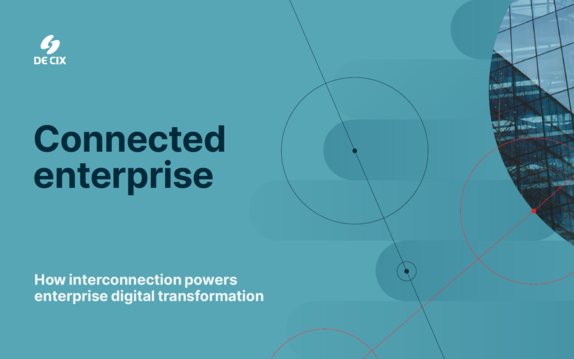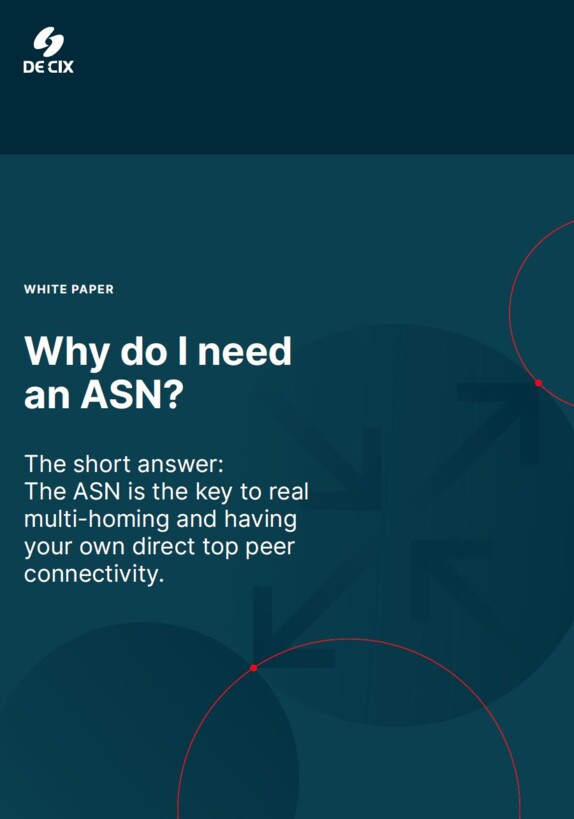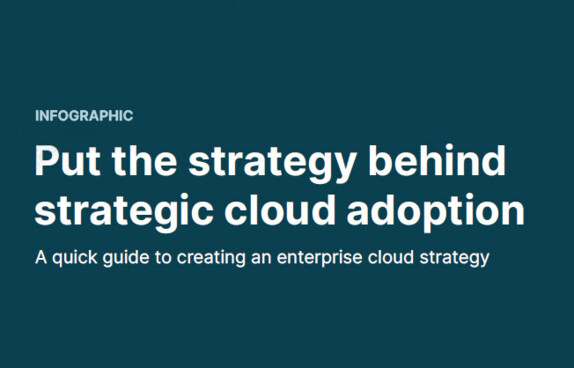Whether you are a small hosting provider, an ISP, a content publisher, or a content application provider, at one point or another in your network’s growth cycle, you will ask yourself the question: When should I peer and when should I use transit? As soon as you have an ASN and are multihomed, you will think about peering.
An empirical study conducted by Adnan Ahmed, Zubair Shafiq, Harkeerat Bedi, and Amir Khakpour involved a large-scale measurement-based performance comparison of peering and transit interconnection strategies, quantifying the performance differences between transit and peering.
Peering paths outperform transit paths
In this white paper, we show some of the study’s results, including how:
- Peering paths outperform transit paths for 91% of Autonomous Systems (ASes);
- Peering paths have smaller propagation delays as compared to transit paths for more than 95% of ASes;
- Peering paths outperform transit paths in terms of propagation delay due to shorter path lengths.
Global Internet traffic volume has increased by more than 40% every year in recent years, and access ISPs are engaging increasingly in peering relationships instead of buying transit.
And while content publishers and Content Delivery Networks traditionally relied on buying transit to deliver their content to end users, today they are deciding more and more in favor of peering relationships with access ISPs (or eyeball networks) to reduce transit costs.
To learn more, download the white paper by filling in the form.
